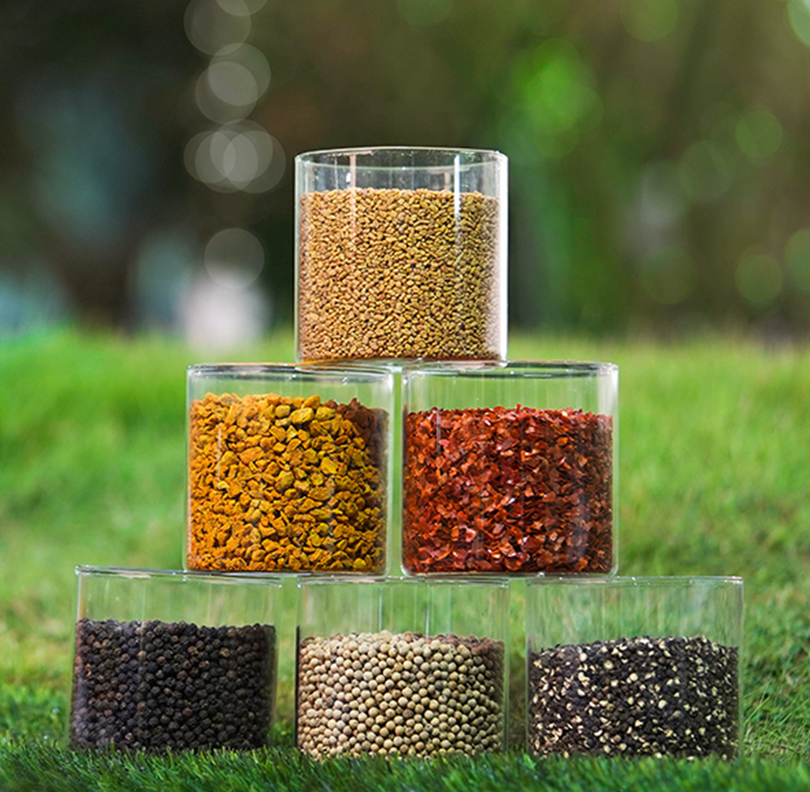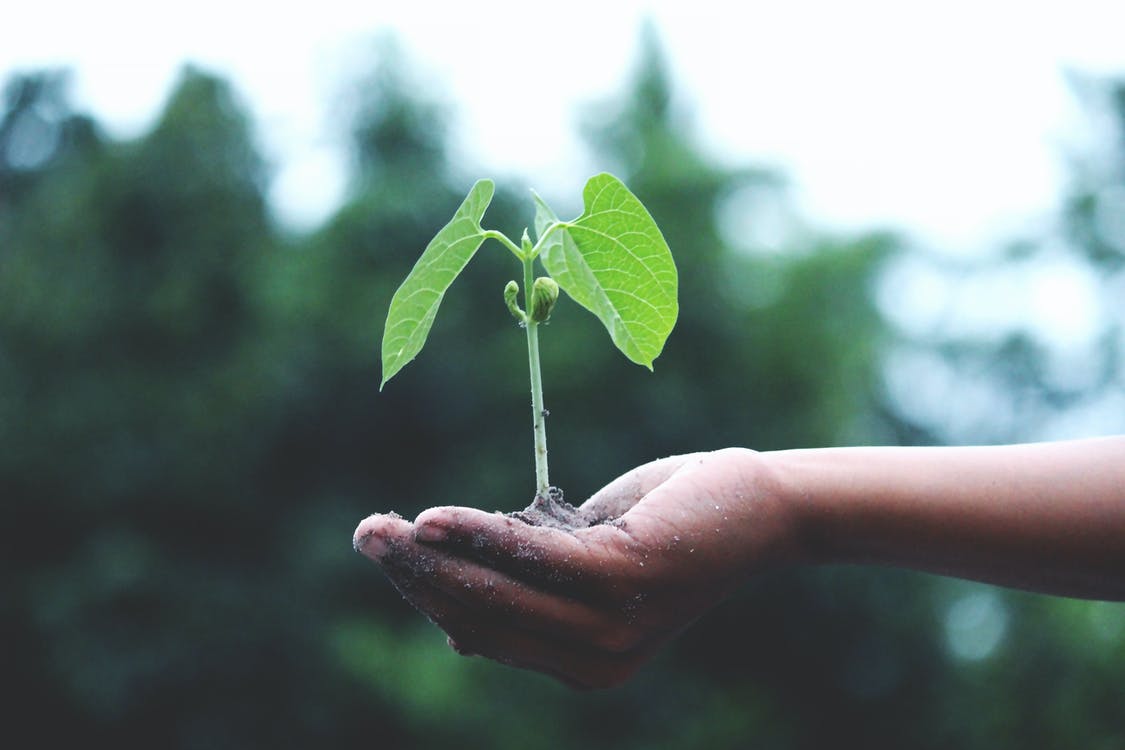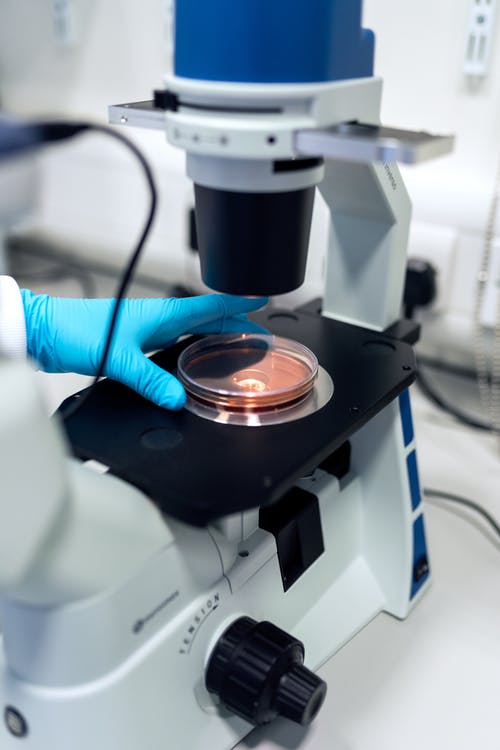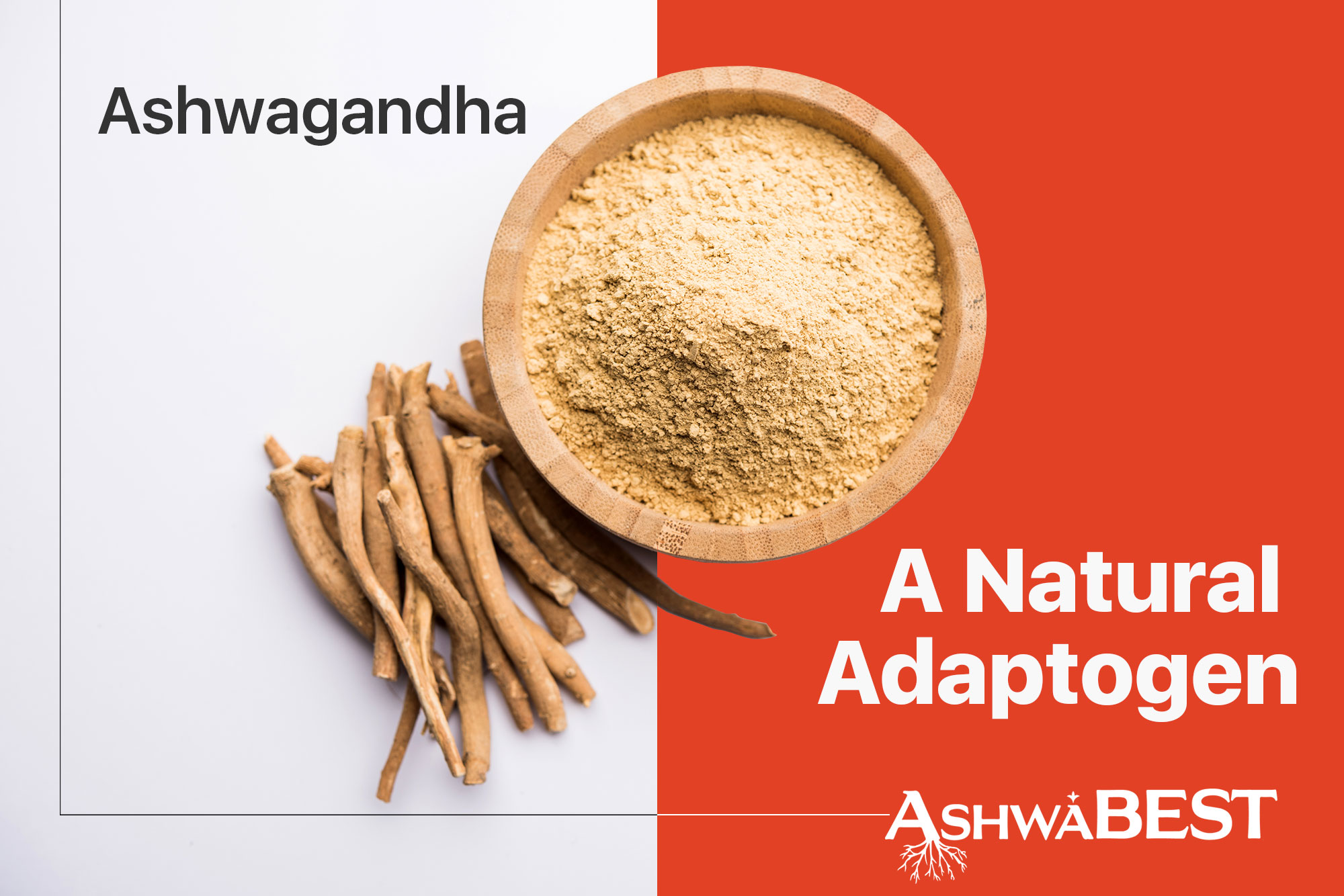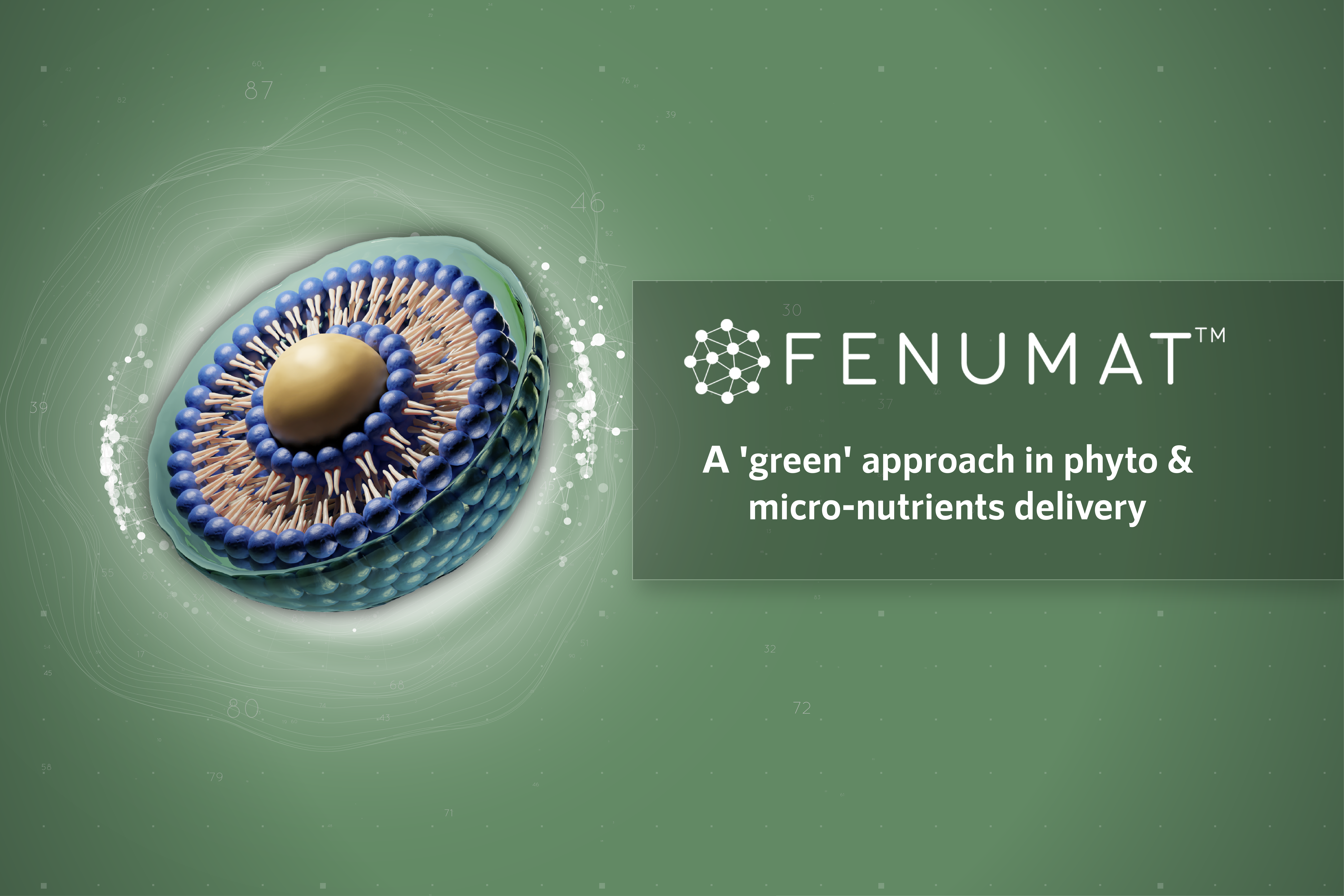Guduchi: A rejuvenating herb for healthy life & optimized immunity

A rejuvenating herb for healthy life & optimized immunity
Using natural resources to treat illness and safeguard health is common practice dating back to prehistoric times. Ever since the evolution of life, man and animals, has looked into nature for remedies which can support or maintain the health of mind, body and soul. Botanicals has played a great role here.
According to Ayurveda, India's ancient health care system, every plant in the cosmos has healing powers when handled in the proper way. Ayurveda has described the preparations and use of a variety of herbals, fruits, vegetable, spices etc for a variety of health conditions, including the treatment of communicable diseases and even cancer.

Guduchi or Giloy, with the Latin name as Tinospora cordifolia belonging to the family Menispermaceae, is one such remarkable medicinal plant that is extensively described in the Ayurvedic texts. It is also known in a variety of vernacular names as heart leaved moonseed, chittamruth, and seenthil in India. It is a large woody climbing shrub seen throughout India.
General properties of this wonderful herb is explained in the classics as Rasayana (rejuvenating), tridoshaghni (pacifies vata, pitta and kapha), balya (boosting strength and immunity) and indicated in diseases like prameha (diabetes), pandu (anemia), kasa(cough), hrdroga (cardiac ailments) etc.
Modern scientific research has established its pharmacological activities and identified many bioalogically active molecules like alkaloids (Berberine, Palmatine, Mangoferrin, Tinosporin, Choline), glycosides (Tinocordiside, Cordioside, Cordifolioside), diterpenoid lactones (Furanolactone, Clerodane) etc.
Guduchi is considered as one of the best anti diabetic drug as per Sarangadhara samhitha, a treatise written in Sanskrit. It is an inevitable constituent in the majority of anti-diabetic ayurvedic formulations, and its effectiveness as a single medicine and in combination has been demonstrated in clinical, in-vivo, and in-vitro research. Tinospora's chemical ingredients, particularly the alkaloids, undertake the mechanisms of insulin release, insulin mimicking, and gluconeogenesis inhibition. They function as a potent α-glucosidase inhibitor and it block the carriers of glucose from intestine to circulation.
In Ashtanga hrdaya, a clinical treatise of Ayurveda explained Guduchi as the best remedial herb for vataraktha which is characterized by the symptoms like sandhi shoola (joint pain), sopha (swelling), raga (erythema), sparshasahatva (extreme tenderness in the affected joints) and sthambha (joint stiffness). This pathological state is correlated to gouty arthritis of contemporary medical science. It is considered as agryaoushada (best single drug) for such clinical conditions and proven for its anti-inflammatory and anti-arthritic activities. It is believed to manage uric acid levels and possess the gastroprotective effects. Guduchi has the potential to be a beneficial nutraceutical against a wide range of health conditions, ranging from brain health (cognition), immunomodulatory, diabetic management, lipid profile management, joint health, hepatoprotective etc.
Medhya rasayana (Cognitive tonics) is a famous contribution of Acharya Charaka in the field of Ayurveda in which four single herbs are explaining with its cognitive uses.
Yet, there have been no reports on its toxicity, and it is regarded a safe plant for internal use. The Ayurvedic Pharmacopoeia of India, Vol 1 recommends 3-6 g of medicine in powder form.
Akay, through years of research has come up with a unique bioactive composition to safe guard immunity through inflammation management. Contact us to learn more about TINOVINTM

Scope in Nutraceuticals
- Support in diabetic health
- Immunomodulator
- Joint disorders
- Rejuvenation & Detox
- Liver health
References
1. Sharma, Anuradha, and Gurcharan Kaur. (2018). BMC complementary and alternative medicine vol. 18, (10) 268-272.
2. Singh D, Chaudhuri PK. (2017 )Nat Prod Commun. 12(2):299-308.
3. Mishra saumya et al., International Journal of Basic & Clinical Pharmacology, (2017) 4(3): 537-541.
4. Mk, Sangeetha et al., Phytomedicine (2013) 20, 246-248.




